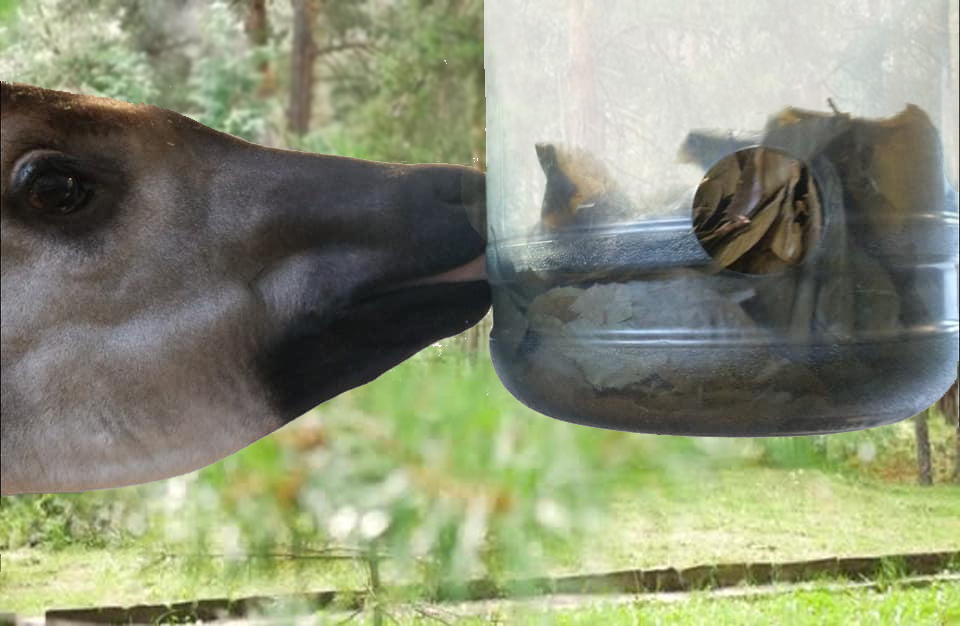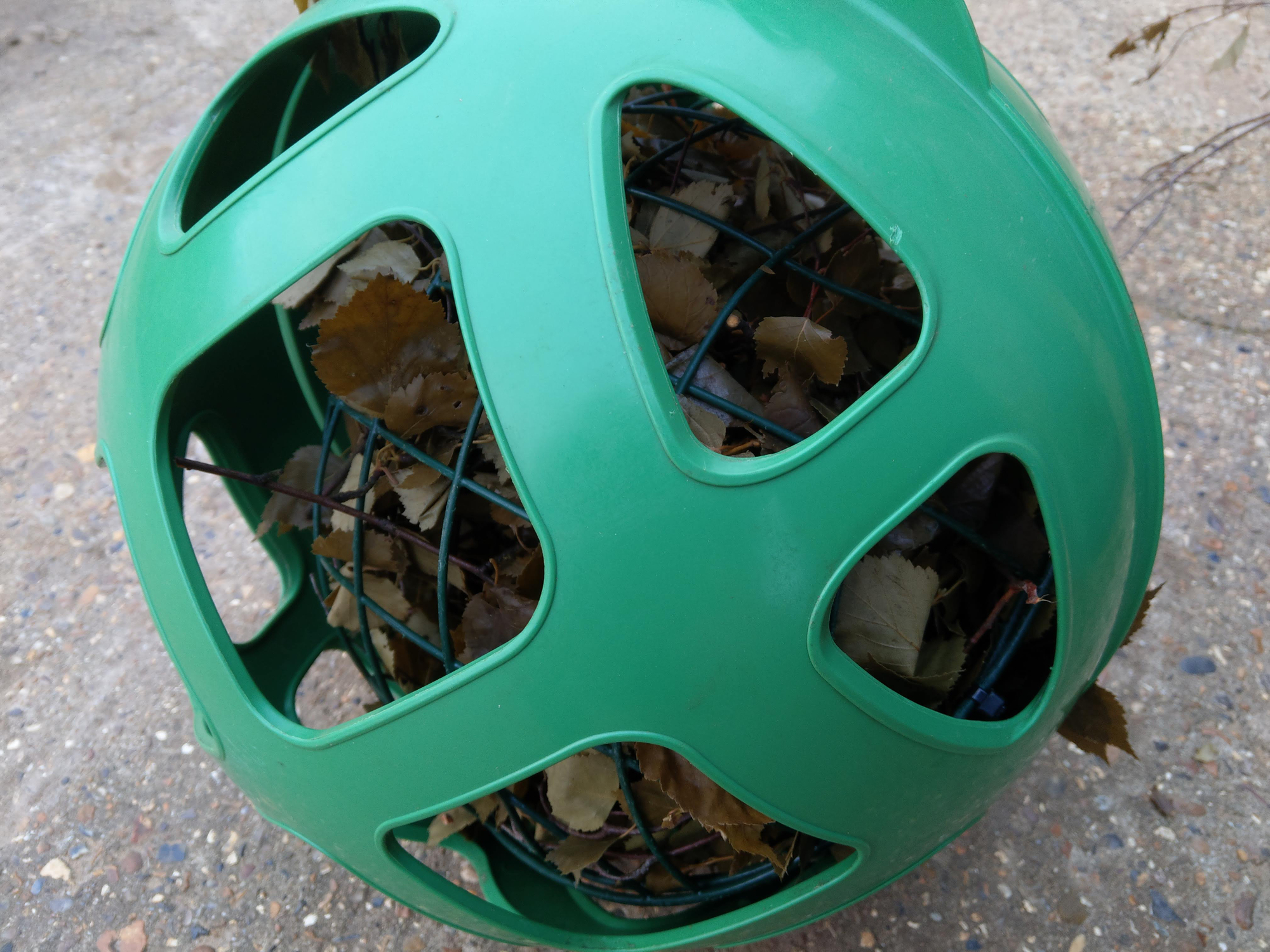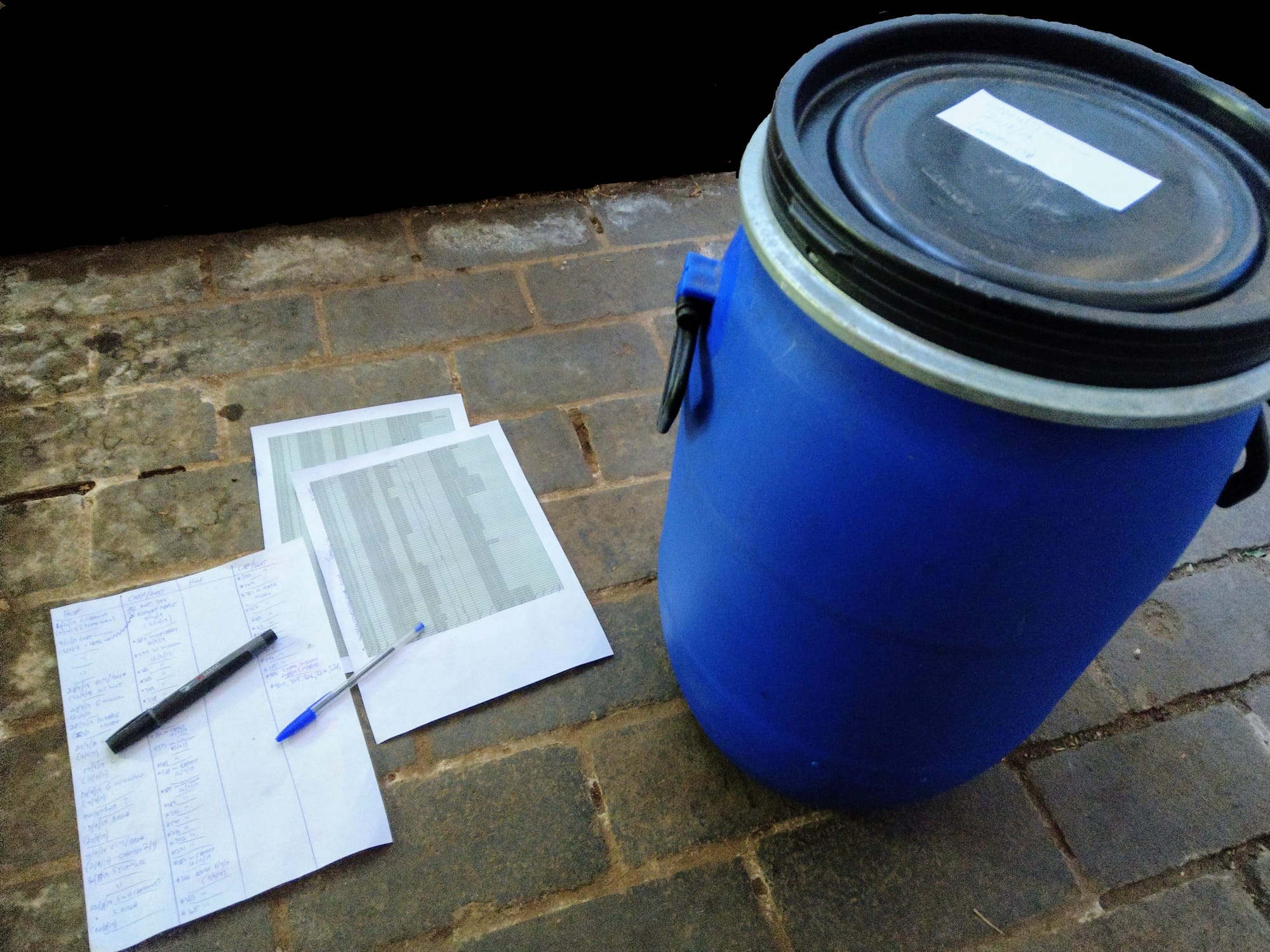Introduction to Leaf Silage - Part 7 (Final)
Introduction to Leaf Silage - Part 7
Author : Louise Jakobsen
We are slowly coming to the end of this mini-series about silage production.
When it comes to feeding the material to your animals, it is of course worth considering how to present the silage as it varies from species to species. For some animals, their physiological abilities or group dynamics mean you may simply have to present the material in a simple pile or scattered around. Other animals allow you to be creative so you can stimulate their senses and prolong feeding times. For those animals with prehensile tongues, there's a variety of options to get them to use those tongues (see pictures).


Whether you are offering leaves with or without twig material may also depend on the animals and their feeding habits. Tortoises, for example, are unlikely to consume twigs.
If feeding silage for the first time, don't be disappointed if the animals turn their nose up. As silage often has a distinct odour to it, some animals may be wary and will need to get used to it. Persevere, and make sure you don't just leave the silage in for days until they start eating it. Replace it daily.
Record keeping - a swear word to many but nevertheless a very useful tool.
We previously mentioned about labelling your containers so you could quickly tell when the leaves were packed and what species were used. Keeping a spreadsheet with this information, allows you to make notes of the quality of your silage once the container is opened and whether any particular circumstances around the time of packing has affected the material.
This will continually help you understand how the material in your particular area behaves under various circumstances as it will never be exactly the same from location to location. It will also tell you whether the packing was done properly or if the quality of material was good enough when packed. Together, it will help increase the success rate of producing good silage and minimise wastage.
Keeping a record of how the silage was received by the animals will also help you allocate the different species of material to animals that you know are going to consume it.
Should you have the luxury of having the opportunity to send off samples for nutrient analysis, record keeping is even more important.

Silage packing is, as previously mentioned, very time consuming, requires storage space and it can be difficult to obtain enough material. But it is a great activity to engage volunteers or even use as a source of income!
Many zoological collections in the UK use silage packing as team-building exercises sold to corporate companies. In some cases, these companies also pay for the material to be brought in from external (sustainable) sources.
It is important to have someone with the delegates that can provide instructions and keep an eye on their activity to avoid ending up with a stack of unusable containers.
This brings us to the end. We haven't got too much into detail on the science of it all but we hope this little series has helped increase the understanding of silage packing and given you some ideas and inspiration to start your own production.



